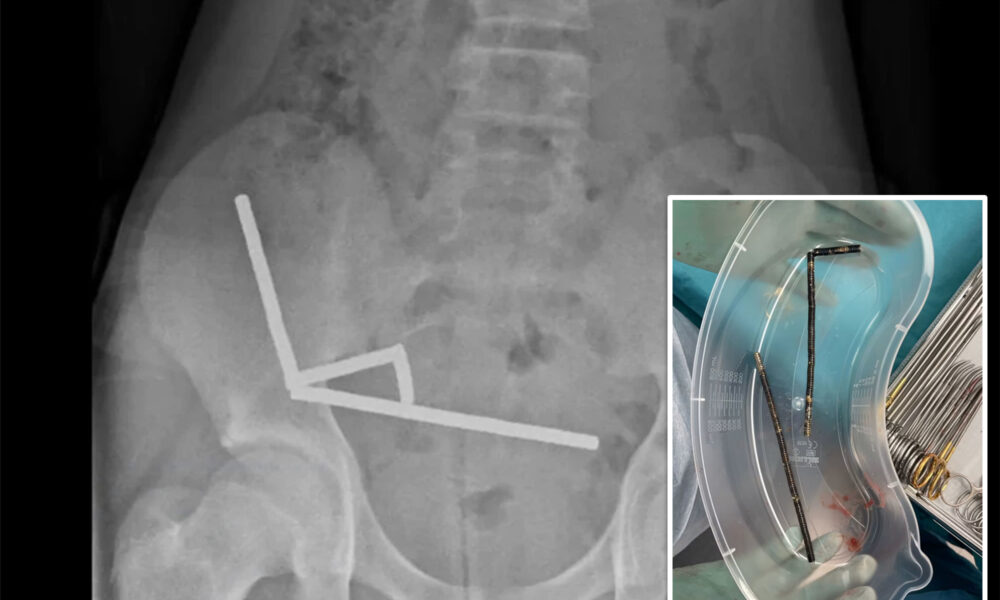A 13-year-old boy in New Zealand underwent emergency surgery after swallowing approximately 200 high-powered magnets. The boy was admitted to Tauranga Hospital on the North Island following four days of severe abdominal pain. Medical professionals discovered that he had ingested between 80 and 100 neodymium magnets, which are known for their strength and often marketed online.
Upon examination, X-rays revealed multiple chains of magnets lodged in different sections of the boy’s intestines. The magnets had clumped together, restricting blood flow to surrounding tissue and causing areas of necrosis, or dead intestinal lining. Surgeons performed an urgent operation to remove both the magnets and the damaged sections of the bowel. After the eight-day hospital stay, the boy was discharged, as detailed in a case report published in the New Zealand Medical Journal.
Risks of Magnet Ingestion and Online Marketplaces
The case highlights significant concerns regarding the ingestion of magnets, particularly among children. The authors of the medical report emphasized the dangers associated with such incidents and pointed out the challenges posed by the online marketplace. New Zealand banned the sale of small, high-powered magnets in 2013 following similar incidents involving children. These magnets, made from neodymium-iron-boron, are up to 30 times stronger than standard refrigerator magnets and can cause serious harm if swallowed.
Despite the ban, these magnets remain readily available on various online platforms, including popular retailers like Amazon, AliExpress, Trade Me, and Shein. The boy indicated that the magnets he swallowed were purchased through Temu, a rapidly growing e-commerce platform. In response to the incident, a Temu spokesperson stated that the company is investigating the matter, although it cannot confirm whether the specific magnets were purchased through its website.
“We are sorry to learn about the reported incident and wish the boy a full and speedy recovery,” the spokesperson said. They added that an internal review has been initiated to ensure compliance with local safety standards and that any non-compliant products will be removed.
Challenges in Regulation and Enforcement
The magnets involved in this case measured 5 by 2 millimeters. The surgical team reported that they had formed into four linear clusters within the boy’s intestines, creating a dangerous situation by pinching the tissue between them. Physicians have noted that patients who undergo similar magnet removal surgeries frequently encounter long-term complications, including bowel obstructions, hernias, and chronic abdominal pain.
Alex Sims, a researcher at the University of Auckland specializing in commercial law and product regulation, emphasized the difficulty of enforcing New Zealand’s decade-old magnet ban in the current online marketplace landscape. “While enforcement is problematic, it is concerning if children are purchasing goods on online marketplaces,” Sims remarked.
As this case draws attention to the risks associated with magnet ingestion, it underscores the need for stricter oversight of online sales, particularly those targeting vulnerable populations.







